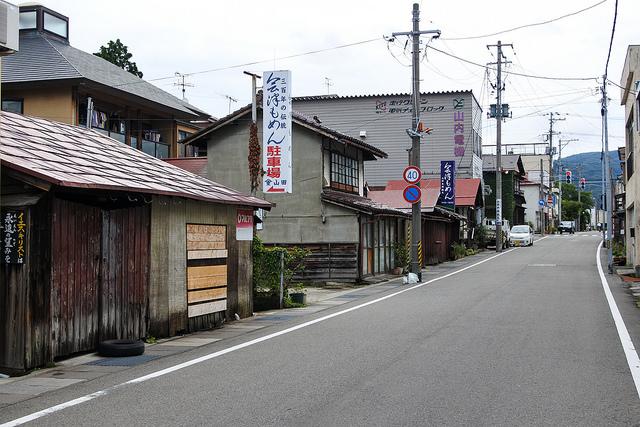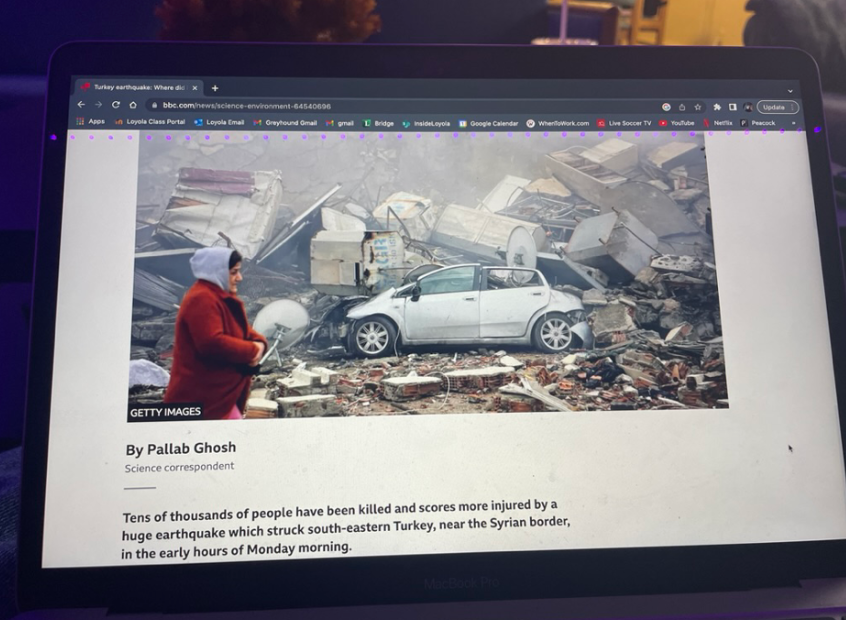Five years have passed since Fukushima, Japan was devastated by a disastrous tsunami and earthquake. What would be considered a long time in many respects, five years is only the beginning of Fukushima’s long and arduous recovery. Although global news coverage in the now desolate region of northeastern Japan is limited, Fukushima remains volatile as ever because of the damaged nuclear power plant that rests at its bay.
Today, Japan is doing its very best to recruit workers who are willing to take on the dangerous tasks at hand in Fukushima. Scientists and engineers have considered burying radioactively contaminated buildings in thick layers of concrete, but in contrast to Chernobyl, “so much radioactive material remains that it could explode during the burial process or burn through the concrete or into the ground.”
Since no immediate solutions appear feasible, workers are prepared to tackle one problem at a time. Their immediate concern is with the radioactive containment vessels. If the cracks in the vessels can be successfully repaired, workers can fill the cores with water and minimize the risk of releasing further radiation.
Another immediate concern is the water at Fukushima. If water is not continuously pumped through the plant’s miles of pipes, the melted nuclear fuel could overheat and cause a “meltdown.” Since the buildings are still damaged, radioactively contaminated water constantly leaks into the basement, along with rainwater. To keep contamination from spreading, Tokyo Electric pumps out about 720 tons of water from the basements every day, storing it in massive tanks. Workers have already filled about 1,000 of the tanks. Since there is more water than there are tanks, the plant also releases about 2,000 tons of water into the ocean every week following a process that removes “most, but not all,” radioactive particles.
A completely revolutionary technique to prevent contamination from spreading is being used for the first time at the Fukushima power plant. Workers are constructing a mile-long “ice wall” by pumping chemicals into the ground and freezing them. The underground wall will be built around a section of the plant to keep more water from seeping into the basements.
Environmentalists are, of course, worried about ocean and groundwater contamination, but Tokyo Electric claims that the water they release poses no danger to human or marine life. Still, nearby fishing grounds remain closed and the Japanese government will not permit residents to move back to Fukushima until possibly 2017. Some evacuees are overjoyed by the thought of returning home soon, while others reject that it will ever be possible.
The scale of destruction in Fukushima is difficult to imagine. Currently, around 7,000 workers are painstakingly cleaning up contamination and re-stabilizing the nuclear power plant. Every day busses line the streets of Iwaki, a nearby village that has become home to the Fukushima workers, to carry people North where they will be lost in a sea of Tyvek suits and gas masks. Worker safety is a top priority for the Japanese government, and strict regulations forbid cleanup workers to be exposed to too much radiation.
With all of the hard work that is being done to clean up the catastrophe that occurred in 2011, a few goals have been achieved: About 1,500 spent fuel rods were removed from a damaged storage tank over a year ago, and much of the contaminated rubble and debris has been removed from the area, effectively lowering overall radiation levels. Still, the full cleanup of the site is expected to take at least 40 years, and that includes the full extraction of melted uranium fuel from the damaged reactor cores.
As Japan looks toward the future, careful attention will be directed toward the issues in Fukushima. Another natural disaster in the region could rapidly worsen what is already a scary situation. Japanese Prime Minister Shinzo Abe appears anxious to rebuild the nation’s worn nuclear power industry, but just last week, the court ordered one of Japan’s two operating nuclear plants to shut down. Serious steps toward safety will be required for Japan to regain its nuclear confidence. Over 40 reactors sit idle around the nation while technicians are still hard at work in Fukushima, perhaps fastening their gas masks for the long and radioactive road that lies ahead.
The New York Times contributed to this article.
Photo from Flickr creative commons :m-louis .®











































































































